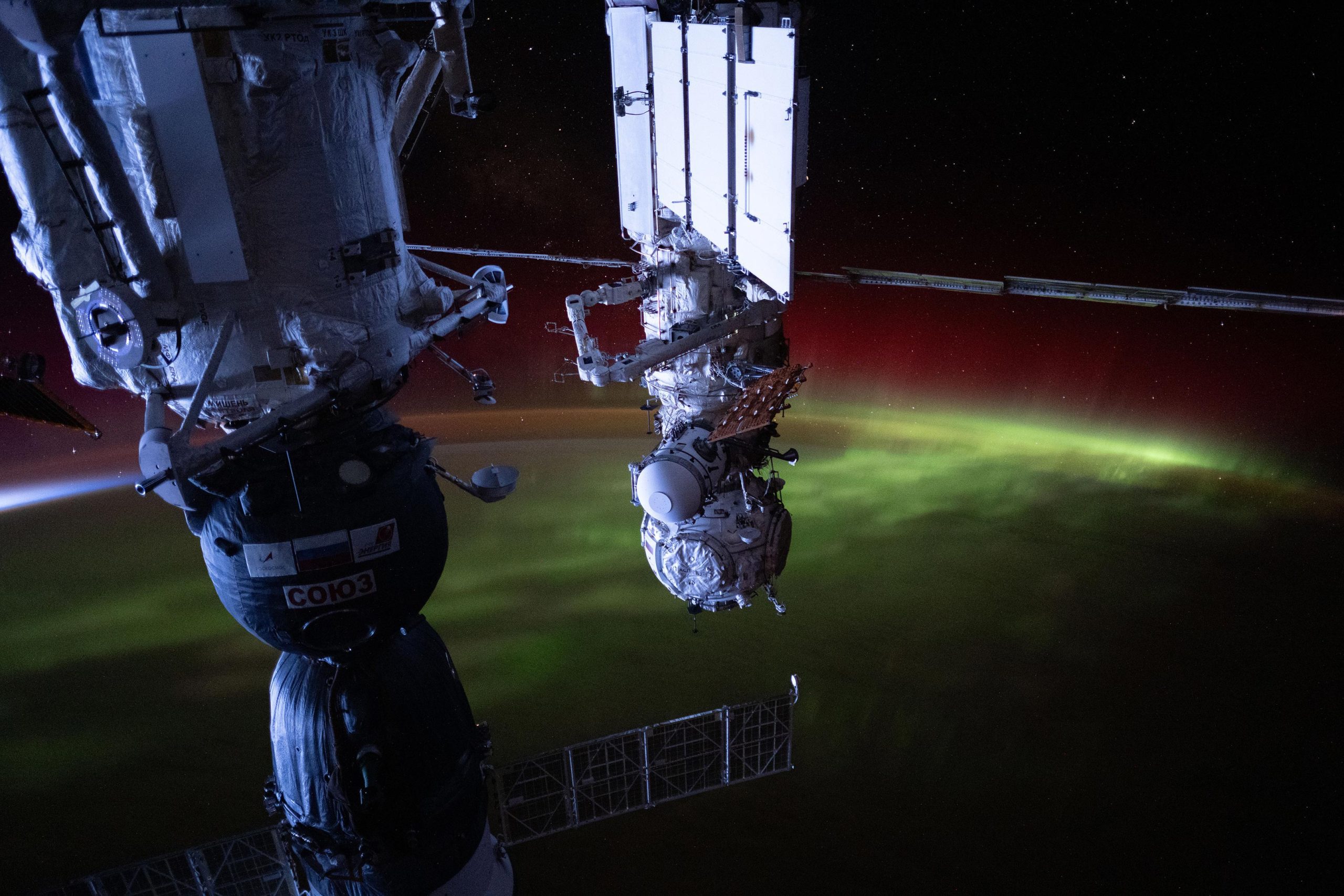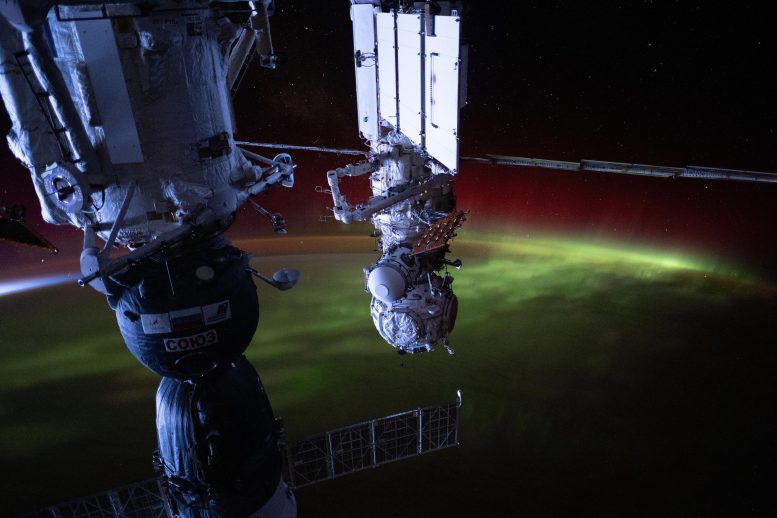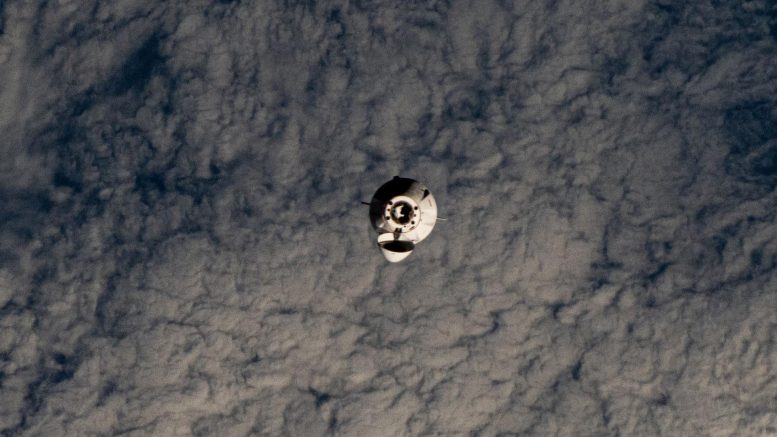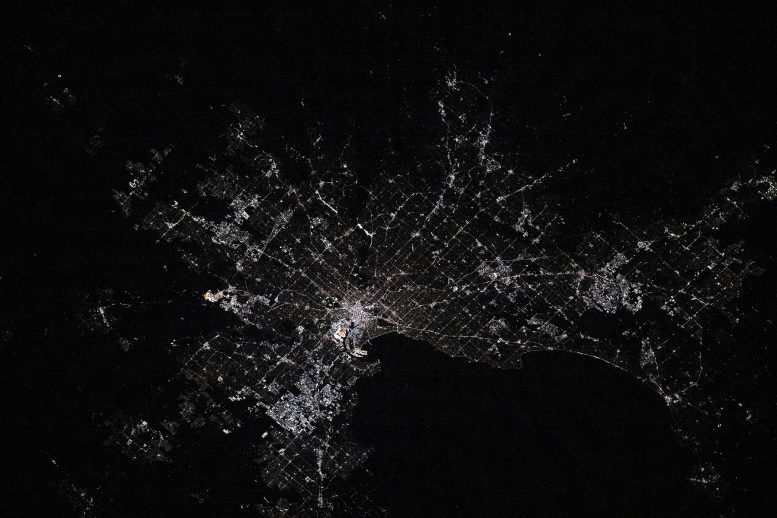

The ISS crew of Expedition 72 is engaged in diverse research from DNA studies to solar wind analysis, alongside crucial maintenance tasks. Their work involves both hands-on experiments and robotic technologies, contributing to a better understanding of space environments and system sustainability.
On Thursday, the Expedition 72 crew began activating new experiments after a full day of unpacking the SpaceX Dragon cargo spacecraft. They installed fresh scientific equipment and stored new research samples aboard the International Space Station (ISS).
Advances in Space-Based Biological and Medical Research
Veteran Flight Engineer Don Pettit focused on DNA research, beginning with the collection of station water samples to test for microbes. He then extracted DNA from these microbial samples for analysis and identification. Meanwhile, Flight Engineer Nick Hague set up biology hardware in the Kibo laboratory module’s Life Science Glovebox, aiming to investigate how space conditions may cause inflammation in organisms. Later in their shift, Pettit used medical imaging equipment to examine Hague’s eyes, testing a hypothesis that a B Complex vitamin supplement could help prevent vision issues caused by extended time in space.

Enhancements in Microgravity Physics and Protein Studies
NASA Flight Engineer Butch Wilmore worked in the Destiny laboratory module and installed new physics hardware in the Microgravity Science Glovebox that measures particle movements in fluids. The investigation takes advantage of the microgravity environment to learn how to separate viruses from biological fluids for disease detection. Commander Suni Williams activated mixing tubes containing proteins and bacteria for a set of student-designed NanoRacks Module-9 experiments promoting healthy crew members and encouraging future space researchers. Williams also worked on a variety of science maintenance tasks while continuing to unpack the Dragon spacecraft.

Robotic Operations and Solar Wind Studies
The Canadarm2 robotic arm is in position on the Harmony module to extract experimental hardware to measure the solar wind from the SpaceX Dragon cargo spacecraft’s trunk. Robotic engineers on the ground will remotely command the Canadarm2 and its fine-tuned Dextre robotic hand to gently remove the solar measurement gear from Dragon on Saturday. Then on Monday, the solar experiment will be installed on the port side of the orbital outpost’s Integrated Truss Structure where it will soon begin operations. CODEX, or Coronal Diagnostic Experiment, will use a coronagraph to filter out the sun’s bright light to reveal its outer atmosphere, or corona, and examine how solar wind forms.
Maintenance and Routine Operations by Roscosmos Crew
Roscosmos Flight Engineer Ivan Vagner started his day servicing a 3D printer in the Nauka science module then completed his shift conducting photographic inspections of windows on the Zvezda service module. Cosmonauts Alexey Ovchinin and Aleksandr Gorbunov worked throughout Thursday maintaining Roscosmos electronics and life support systems.